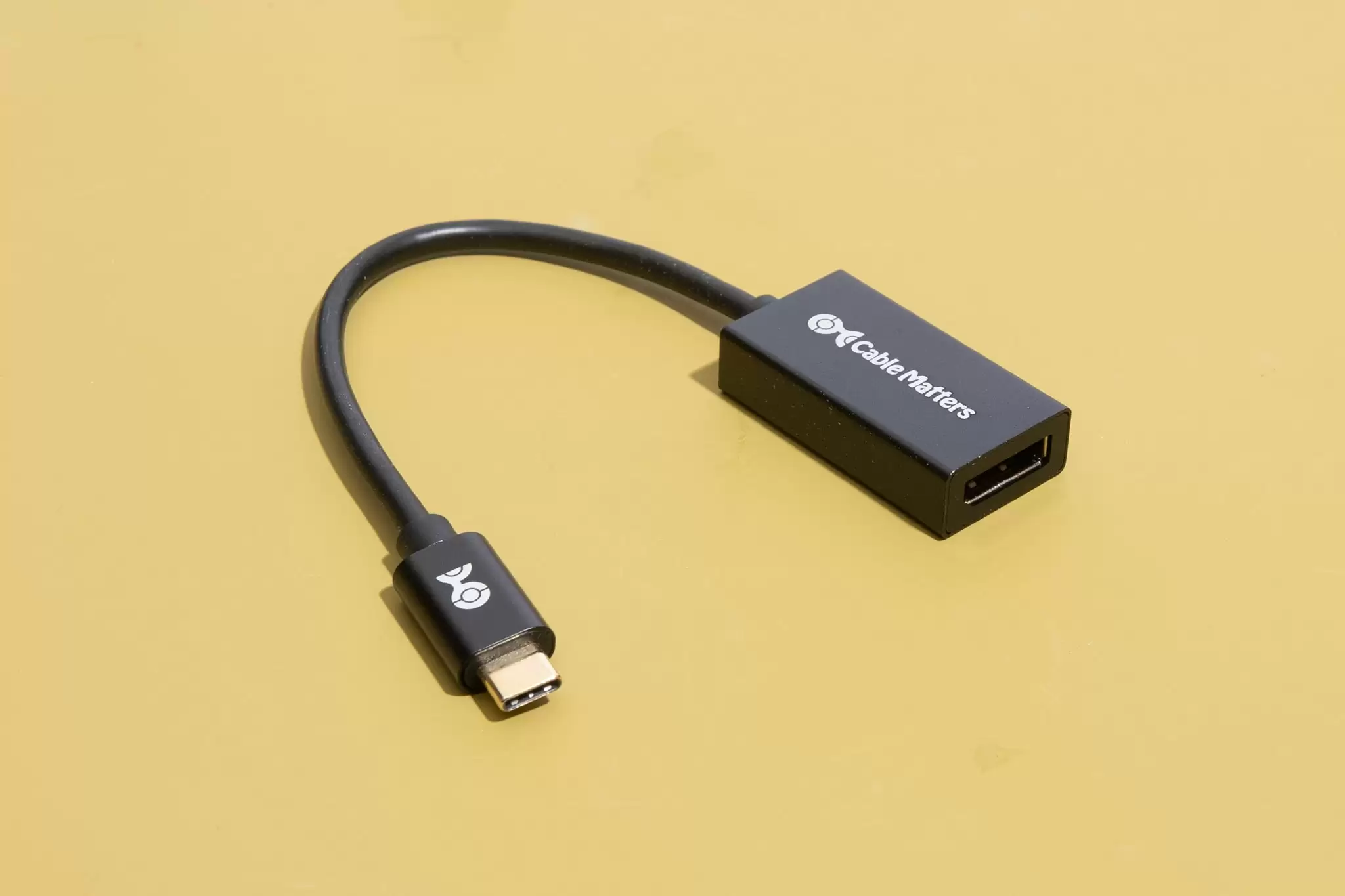How does a USB-C to Mini USB adapter work?


USB-C to Mini USB adapters are handy devices that allow you to connect Mini USB devices to USB-C ports. With the increasing popularity of USB-C technology, many devices now come with USB-C ports instead of the older Mini USB ports. This can be a problem if you have older devices that still use Mini USB. However, with a USB-C to Mini USB adapter, you can easily bridge the gap between these two different types of connectors. In this article, we will explore how a USB-C to Mini USB adapter works and how it can be used to connect different devices.
Understanding USB-C and Mini USB
Before we delve into the workings of a USB-C to Mini USB adapter, let’s first understand what USB-C and Mini USB are.
USB-C is the latest USB connector technology that offers a range of benefits over its predecessors. It is a small, reversible connector that can be plugged in either way, eliminating the frustration of trying to insert the connector correctly. USB-C also supports faster data transfer speeds and higher power delivery, making it ideal for charging devices and transferring large files.
On the other hand, Mini USB is an older USB connector that was commonly used in devices such as cameras, MP3 players, and older smartphones. It is smaller than the standard USB-A connector but larger than the micro USB connector. Mini USB connectors are not reversible and can only be inserted in one orientation.
How Does a USB-C to Mini USB Adapter Work?
A USB-C to Mini USB adapter is a small device that converts the USB-C connector into a Mini USB connector. It allows you to connect Mini USB devices to USB-C ports, expanding the compatibility of your devices.
Here’s how a USB-C to Mini USB adapter works:
1. Physical Conversion: The adapter physically converts the USB-C connector into a Mini USB connector. It has a USB-C male connector on one end and a Mini USB female connector on the other end. You simply plug the USB-C male connector into the USB-C port of your device and then connect your Mini USB device to the Mini USB female connector.
2. Pin Mapping: The adapter maps the pins of the USB-C connector to the corresponding pins of the Mini USB connector. This ensures that the electrical signals are correctly transmitted between the two connectors. The pin mapping is done internally within the adapter, so you don’t have to worry about any manual configuration.
3. Data Transfer: Once the adapter is connected, data can be transferred between the USB-C device and the Mini USB device. The adapter supports USB 2.0 data transfer speeds, which are sufficient for most common applications. However, it’s important to note that the adapter does not support USB 3.0 or higher speeds, as Mini USB connectors are not designed for these higher speeds.
4. Charging: In addition to data transfer, the USB-C to Mini USB adapter also allows you to charge your Mini USB devices using a USB-C charger or power bank. The adapter supports power delivery, so you can charge your Mini USB device at the same speed as if you were using a Mini USB charger.
Using a USB-C to Mini USB Adapter
Now that we understand how a USB-C to Mini USB adapter works, let’s explore some common use cases:
1. Connecting Older Devices: If you have older devices that still use Mini USB, such as cameras or MP3 players, you can use a USB-C to Mini USB adapter to connect them to newer devices with USB-C ports. This allows you to transfer files or charge your older devices using your USB-C devices.
2. Charging Mini USB Devices: If you have a USB-C charger or power bank, you can use a USB-C to Mini USB adapter to charge your Mini USB devices. This eliminates the need for carrying multiple chargers and allows you to charge all your devices using a single USB-C charger.
3. Expanding USB-C Ports: Some USB-C hubs or docking stations may not have Mini USB ports. In such cases, you can use a USB-C to Mini USB adapter to connect Mini USB devices to these hubs or docking stations. This expands the functionality of your USB-C hub and allows you to connect a wider range of devices.
Conclusion
USB-C to Mini USB adapters are versatile devices that allow you to connect Mini USB devices to USB-C ports. They work by physically converting the USB-C connector into a Mini USB connector and mapping the pins to ensure proper signal transmission. These adapters are useful for connecting older devices, charging Mini USB devices, and expanding the functionality of USB-C hubs. With a USB-C to Mini USB adapter, you can easily bridge the gap between different types of connectors and enjoy the benefits of USB-C technology on your Mini USB devices.
Recent Posts
How do I create an engaging and informative online quiz or assessment?
Creating an engaging and informative online quiz or assessment can be a powerful tool for… Read More
What are the most effective methods for managing and reducing work-related stress in the hospitality industry?
Work-related stress is a common issue in the hospitality industry, where employees often face long… Read More
How can I improve my assertiveness and communication skills in a leadership position?
In a leadership position, assertiveness and effective communication skills are crucial for success. Being able… Read More
What are the key elements of a successful employee recognition and rewards program?
Employee recognition and rewards programs play a crucial role in motivating and engaging employees, as… Read More
How do I effectively manage and respond to customer feedback and reviews?
Customer feedback and online reviews play a crucial role in shaping a company's reputation and… Read More
What are the best strategies for effective time management as a stay-at-home parent?
Effective time management is crucial for stay-at-home parents who juggle multiple responsibilities on a daily… Read More